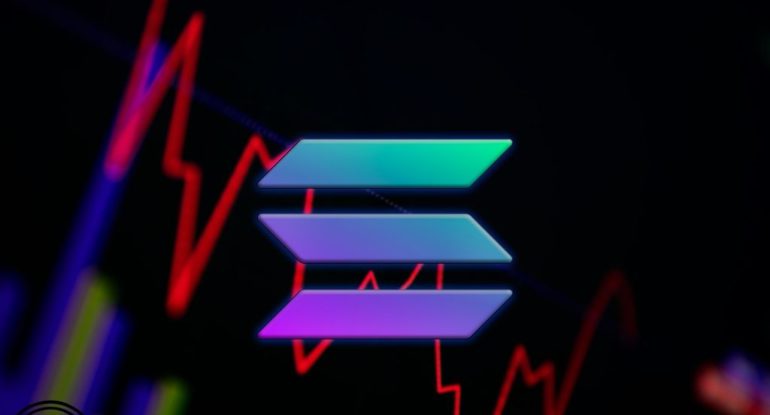How does Solana have an edge over cryptos like Bitcoin and Ether?

Earlier this week, we saw the cryptocurrency market rallying to its highest level in nearly four months, with a slew of altcoins surging to meteoric new highs. Of course, we all expect cryptocurrencies to generate extraordinary returns, but this one token whose supernatural rise in the marketplace has taken everybody by surprise. We refer to Solana, which is perhaps the hottest blockchain of the moment, soaring more than 260% in the last month. In fact, on Monday, it became the seventh-largest cryptocurrency in the world, surpassing the famous Dogecoin. So, as investor interest continues to rise, let us tell you more about this altcoin.
What is Solana?
Solana is a web-scale blockchain that provides fast, secure, scalable, decentralized apps and marketplaces. The system currently supports 50 000 transactions per second and 400 ms Block Times. The overarching goal of the Solana software is to demonstrate that there is a possible set of software algorithms using the combination to create a blockchain. So, this would allow transactions throughput to scale proportionally with network bandwidth satisfying all properties of a blockchain – scalability, security, and decentralization.
The Solana platform was founded in 2017 by Anatoly Yakavenko and Eric Williams, and Solana CTO Greg Fitzgerald. They created a new process of dealing with traditional throughput problems in the Bitcoin and Ethereum blockchains. They hoped to create a trustless and distributed protocol that would allow for more scalability.
The SOL token is the native currency in Solana’s ecosystem. The token can pass to nodes within the Solana cluster to run an on-chain program or validate its output. Another use for SOL is to perform micropayments known as ‘lamports.’ The current circulating supply of SOL is 26 Mn. The maximum supply of SOL caps at 489 Mn SOL. The SOL token has jumped almost 4.5 times in price in the last three weeks from $43 on August 15th to breach $190 on the upside on 7th September. Its market cap has grown from $14.6 Bn to almost $50 Bn compared to the $33 Bn market cap of Dogecoin.
What makes Solana stand out?
Solana claims to support over 50,000 transactions per second with over 200 nodes on the current test net, making it by far the most performant blockchain network. In comparison, if you look at Bitcoin, a proof-of-work-based system, it supports about five transactions per second, while Ethereum currently averages around 13 transactions per second. This makes Solana around 10,000 times faster than Bitcoin and 3,800 times faster than Ether.
Another unique aspect of the network’s performance is achieved without using off-chain or Layer 2 solutions. In contrast, Ethereum is reliant on polygons, plasma chains, and similar scaling solutions. Thus, Solana remains one of the few Layer 1 blockchain protocols not exposed to the mass exit problem and other risks associated with Layer 2 networks. As for fees, the network averages $0.00025 per transaction, which is a fraction of a cent. To put this in perspective, a $1 Mn transaction would cost about $10 on Solana, whereas the same transaction on Ethereum would cost approximately $300,000 as Ethereum currently averages $6.86 per transaction.
What’s driving Solana’s price?
- Move into NFTs with degenerate apes – The collection of 10,000 apes sold out in less than 10 minutes. The trading volume had reached over 600,000 SOL. Those sales all needed SOL, which is a big factor that led to price rise.
- Alternative to Ethereum network – Of course, most applications are still built on Ether, but the network seems to be struggling with congestion and high fees. As a result, both developers and investors are looking for alternatives.
- Wormhole project – Solana has successfully launched a wormhole project. Wormhole offers a way to bridge between different networks. Blockchains are not very good at working with one another, which has been another stumbling block in growth. According to Coindesk, projects can now use the wormhole to move assets between Ether and Solana quickly and cheaply.
- Scarcity of tokens – Some industry watchers have speculated that Solana might announce that it will burn tokens. This will make the remaining ones more scarce and therefore more valuable, driving the prices up.
Faster and cheaper – Solana is one of the fastest cryptos right now. It claims to process at least 50,000 TPS at the cost of less than 0.01 per transaction. Speed is not everything, but it has been an obstacle for many evolving cryptocurrencies, so time will tell whether Solana is correct in saying that it hasn’t compromised on security or other factors to reach that speed.




























































